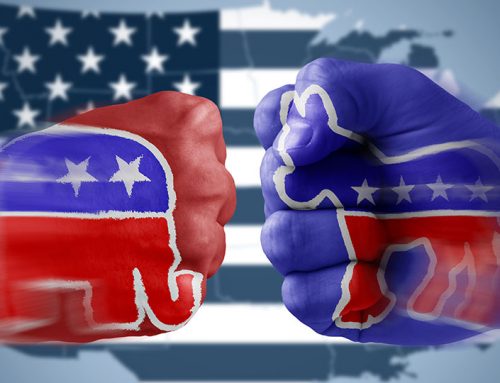Super Bowl or Super Bust?
Risk and Reward
Advertisers spending $4 million dollars on a 30 second commercial might think twice after reviewing the results from our annual pre & post study on advertising effectiveness. The risks involved (wasted money, negative brand perception, non competitive game resulting in poor viewership) can outweigh the rewards.
Results from Office Pulse’s 2011 Super Bowl study of over 400 white collar professionals throughout major cities across America show that before and after brand rating increases were minimal for many suberbowl advertisers, and in some cases, even showed significant decreases.
A look at the Winners
- Volkswagen achieved the greatest bump in “very” positive brand rating the day after their Super Bowl ad aired. The increase was 4.3% points, which was almost a 23% lift from their pre-Super Bowl very positive rating of 17.7%
- Best Buy achieved the next largest point increase, which was 3.7 percentage point, increasing their “very” positive rating from 27-30%.
- Bridgestone Tires was third in percentage points increase at 3.2%.
- Chrysler was a close fourth at 3.1% points, increasing the percentage of white collar adults with a “very” positive perception from 5-8%.
The Super Bowl audience reach, advertising engagement and recall, is unquestionably number one in any advertisers book, but one needs to question the ROI as the true numbers of incremental customers or prospects are calculated. In the cases above, the new and improved very positive brand perception was increased by 3.4 to 4.8 million consumers (if applying white collar lift to all 111M viewers). At this years cost of 4 million dollars, that result in approximately $1 per consumer. By comparison, a digital place-based network like Captivate, typically delivers the same consumers (on a smalle scale) for approximately $.83.
A look at the Losers
- Groupon realized the greatest loss in “very” positive brand rating the day after their Super Bowl ad aired. The decrease was -6.5% points, which was almost a 14% decrease from their pre-Super Bowl very positive rating of 43%
- Skechers achieved the next largest point decrease, which was -2.2 percentage point, decreasing their “very” positive rating from 14-12%.
- Go Daddy was third in percentage points decrease at 1.5%.
- Salesforce.com was fourth at -1.2% points, decreasing the percentage of white collar adults with a “very” positive perception from 5-3.8%. In addition, Salesforce saw it’s negative brand rating double, the day after the Superbowl.
The loss in positive rating may not impact any of these brands, since general awareness may best represent their ultimate goal. However, as advertisers consider their messaging, creative execution, and rising costs of the big game in general, they must also consider the potential risks of negative consumer reaction (if the ad fails to deliver).
About Office Pulse
Office Pulse by Captivate offers marketers timely analysis and insights from a proprietary panel of upscale professionals in the top markets. The Office Pulse panel of more than 8,000 influential consumers and business decision makers includes C-level executives, Millennials, middle management, small business owners, working women and working moms.
About Captivate
Known for its vast network of nearly 12,000 elevator displays located in 1,600 premier office buildings across North America, Captivate connects advertisers with 13 million unique monthly viewers through creative, research-driven and Nielsen-measured advertising and marketing programs. By engaging its viewers with timely news and actionable information that helps balance the personal and professional demands of the workday, Captivate provides advertisers with a highly desirable and difficult-to-reach audience of affluent and influential business professionals. Founded in 1997, Captivate is owned by Generation Partners. For more information, please visit www.captivate.com.







